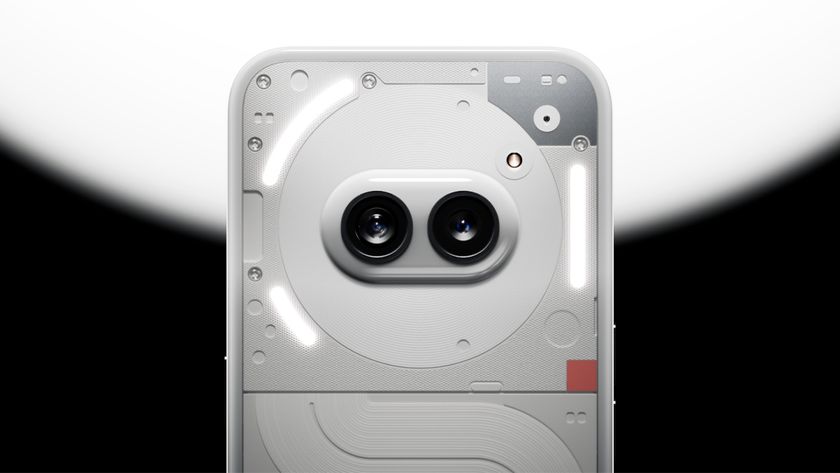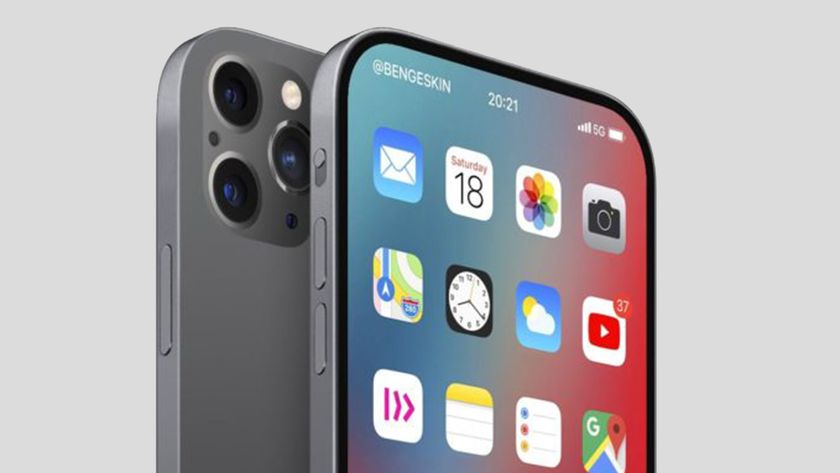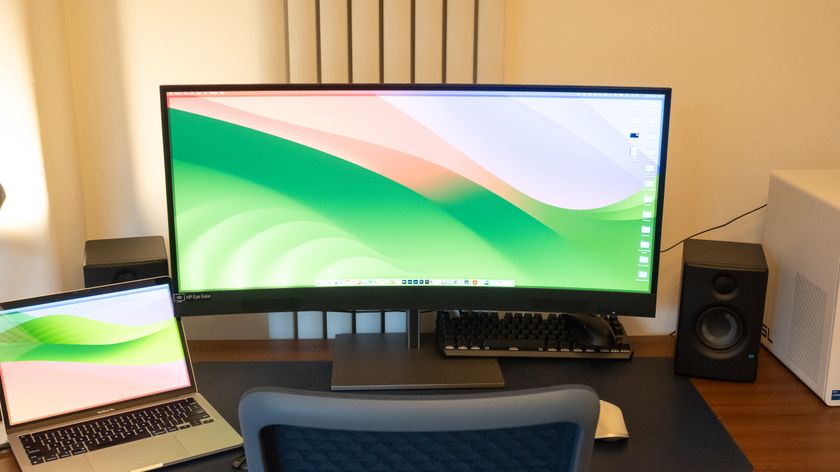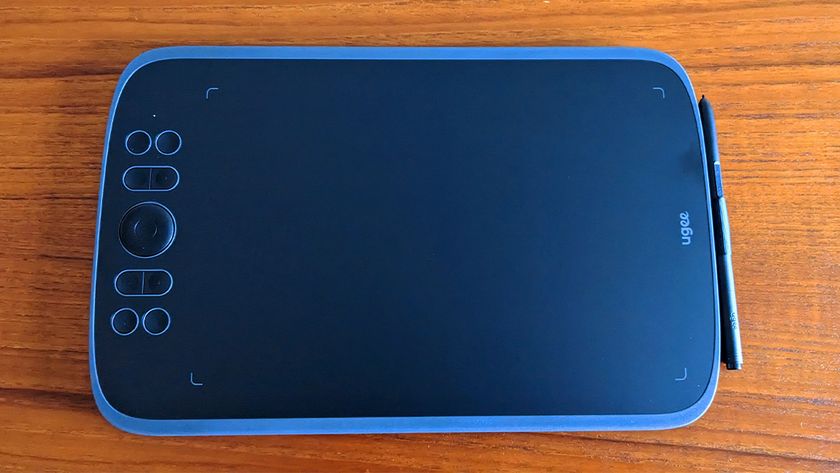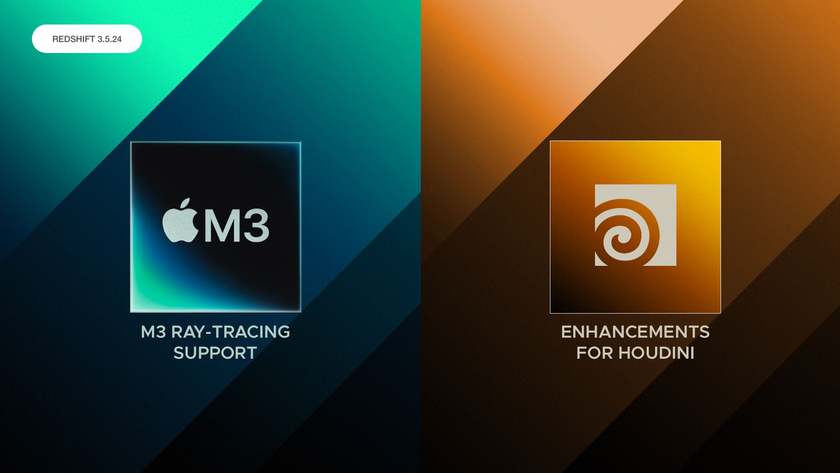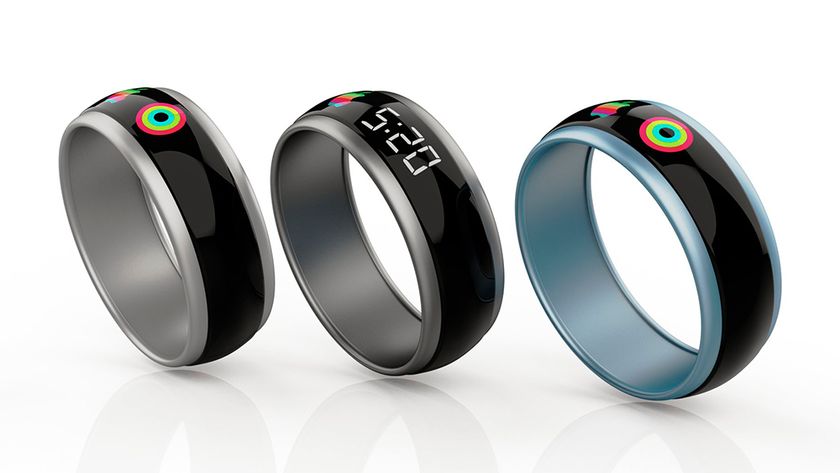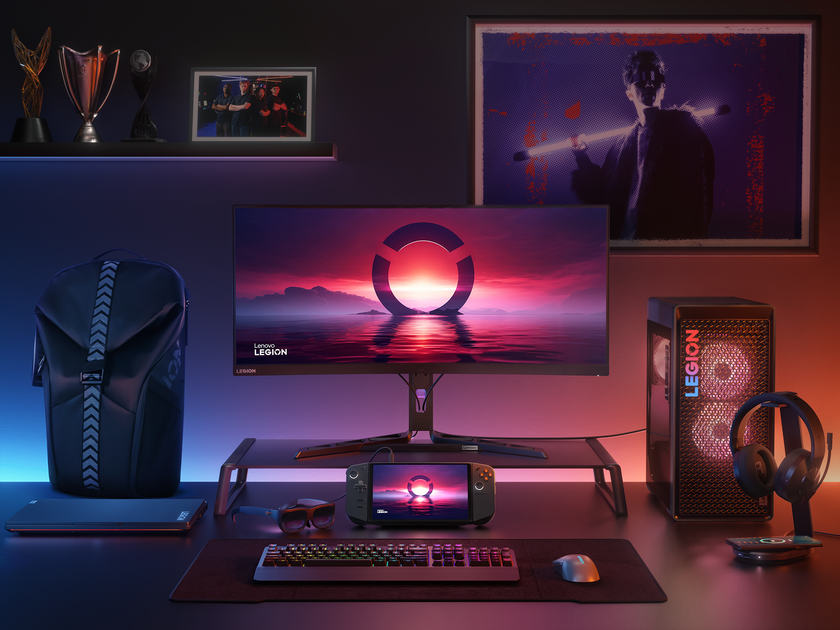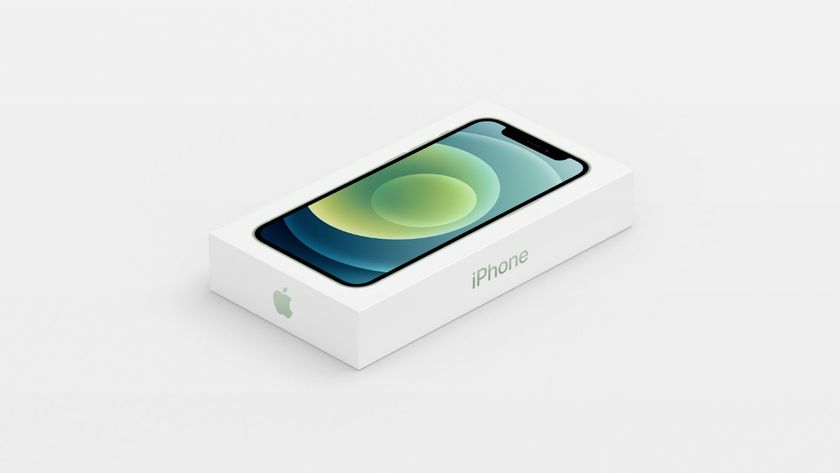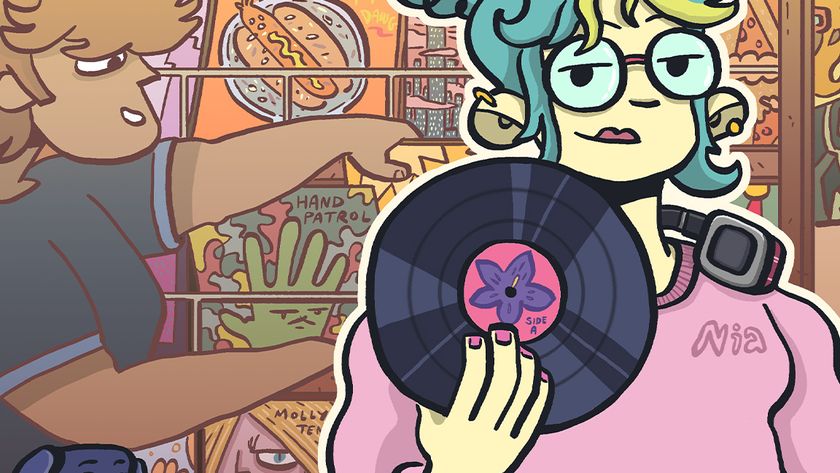Occasionally, some graduates have complained to us that their design course was a little behind the times. But if that was the case, it's not totally surprising. From a practical point of view, it takes some time to put together a workable syllabus, and when it comes to updating it, the gears of university bureaucracy tend to grind slowly.
And actually, there’s nothing wrong with that. Ultimately, you’re there to learn the fundamentals of design, and those remain timeless. When it comes to your first job, your creative director is going to be far less concerned about, say, whether you’re au fait with the latest Adobe software than if you understand the basics of good composition and following a brief.
But it’s still worth catching up with a few recent trends that may have passed you by in the meantime. In this post, we’ll bring you quickly up to speed with 5 design industry trends.
01. Design is becoming more important
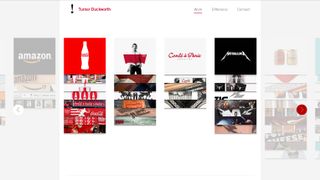
We’ll start with some good news: you’ve chosen a good time to study design. Because nowadays it’s not just the subordinate of wider business goals, but increasingly the driver of them.
“It’s an exciting time,” says David Turner, joint CEO and CCO of Turner Duckworth, which has recently moved to a bigger offices in London and expanded to New York. ”We’ve seen design become more and more important in the rapidly shifting world of communications, and design excellence is more and more valued as a true differentiator.”
In short, design is no longer an optional add-on or a subset of marketing, but an integral part of business strategy, says Nicki Sprinz, managing director of ustwo.
“Clients are asking us to help them introduce new ways of working alongside the products and services we are building with them,” she explains. “A huge number of companies are going through digital transformation, and we're partnering with them to make the transition easier.”
Get the Creative Bloq Newsletter
Daily design news, reviews, how-tos and more, as picked by the editors.
A good example of this is ustwo’s work with the Co-op, which has asked the Co-op to help drive efficiencies in its food business over the next five years. “These big strategic challenges are super exciting and they have the potential to make a massive difference to our clients’ business,” she says, “although it does mean that we are working in new ways and in new areas that at times take us out of our comfort zone.”
This probably won’t directly impact you in your first design job; expect most of your time to be spent on commonplace tasks such as colour correction and preparing images for print.
But in a broader sense, the trend means that opportunities are expanding, both in terms of agencies and in-house design departments. So rather than jumping at the first job you see, it’s worth having a look at what’s on offer and working out where you and your skillset can best fit.
02. The fundamentals of web design are being disrupted
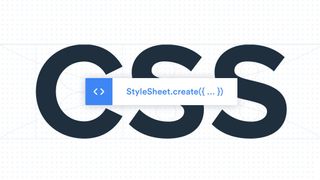
If you’ve studied web design on your course, you’ll no doubt have covered the basics. So you’ll know that HTML is used for content, CSS for styling and JavaScript for animation and interactivity.
But what may not have been mentioned is that there’s a new growing movement to do things differently; namely, styling your documents within JavaScript itself.
Driven by the React community, this practice remains controversial to say the least. But with its emphasis on creating reusable components, it does promise to save web designers a lot of time ‘reinventing the wheel’, so it could well become an established practice in the near future.
There’s absolutely nothing wrong with the methods that your tutors have taught you, of course. But it’s probably worth getting an overview on this new trend too. Check out this Medium post by Jonathan White to see what all the fuss is about.
03. Disciplines are merging and regrouping
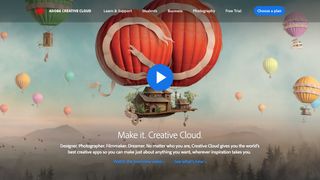
Is your design course specialised into a specific discipline? Do you consider yourself a graphic designer, web designer, motion designer, UX designer animator or 3D artist, specifically?
If so, that’s not a bad thing. Employers like applicants who have a clear idea about where their interests lie and what they want to achieve. But just be aware that not everyone in design has such clearly defined roles. In fact, in many ways, the boundaries between different disciplines are becoming more porous.
That’s partly because of new hardware. For instance, in a world where even magazine covers and ad campaigns are being shot on iPhones, the idea that you’re not a “real photographer” unless you own expensive equipment is fast disappearing.
It’s also to do with the evolution of software. Nowadays anyone who subscribes to Adobe’s Creative Cloud has access not just to Photoshop and Illustrator but to tools like After Effects and Premiere Pro, and common features and interfaces across the suite makes picking up such new skills quicker and easier.
Overall, we’d call this trend good news for students. Because it means that over time, you’ll be freer to push your creative development in any direction you want - rather than having to restrict yourself to one unchanging one, the moment you start your first job.
04. Social media is increasingly central
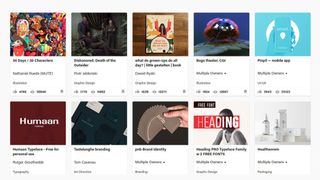
Once upon a time, employers would take the time to respond to a speculative letter and check out your portfolio. Nowadays, though, they don’t necessarily need to do that. That's because they’re finding that the best work from promising graduates often appears before them miraculously, through the magic of social media sharing.
So if you’re not sharing the work you’re most proud of (whether that be freelance work, college assignments or personal projects) on a social platform such as Instagram, Twitter, Behance, Dribbble or ArtStation, you’re probably going to miss out.
We’re not quite at the stage of social media dominance that other creative industries have reached - not yet anyway. For example, if you’re a model these days, no modelling agency will interview you unless you have at least 10K Instagram followers. A graduate designer doesn't need to have thousands of followers, but if your work has no social existence at all, it may well count against you.
That said, don’t try to do too much. If you attempt to populate all the different social media platforms, you’ll probably make a pig’s ear of it. You’re better off picking one social platform that’s right for you, and focusing all of your energies and attentions on that.
05. The industry is spreading out
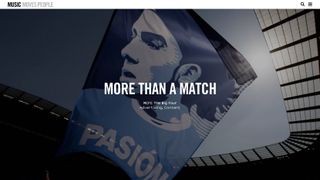
Think you need to be in London, New York, Paris or Tokyo to find a decent design job? Well, it probably won’t hurt. But technologies like high-speed broadband have made the world a lot smaller, and the design industry a lot more diffuse, over recent years. And that’s a trend that can only continue into the 2020s.
So you’ll find a number of influential design agencies outside capital cities nowadays: check out our list of brilliant Manchester agencies, for example. And even in smaller towns and cities, you’ll find a surprising range of creative agencies, web startups, print shops, animation studios and in-house design departments if you dig deep enough.
So rather than think: ‘Where do I need to go to find work?’, it may be better to think: ‘Where do I want to live?’ and go from there. Good luck!
Related articles:

Thank you for reading 5 articles this month* Join now for unlimited access
Enjoy your first month for just £1 / $1 / €1
*Read 5 free articles per month without a subscription

Join now for unlimited access
Try first month for just £1 / $1 / €1
Tom May is an award-winning journalist and editor specialising in design, photography and technology. Author of the Amazon #1 bestseller Great TED Talks: Creativity, published by Pavilion Books, Tom was previously editor of Professional Photography magazine, associate editor at Creative Bloq, and deputy editor at net magazine. Today, he is a regular contributor to Creative Bloq and its sister sites Digital Camera World, T3.com and Tech Radar. He also writes for Creative Boom and works on content marketing projects.
